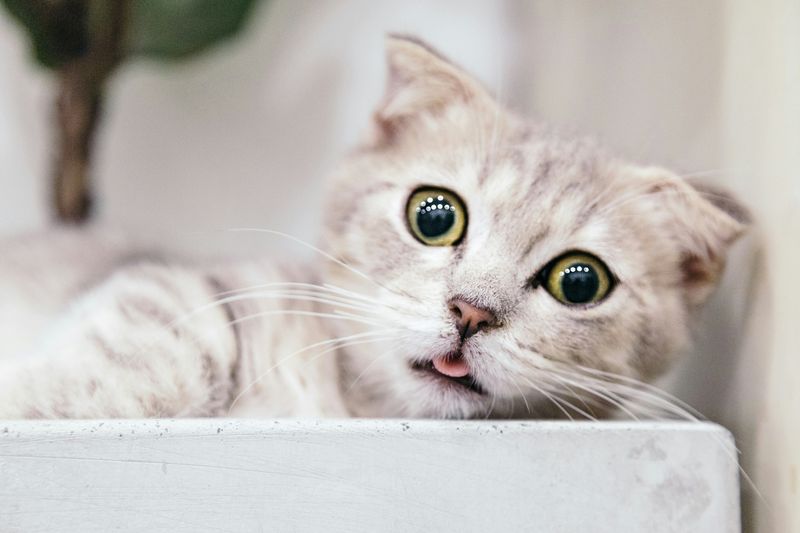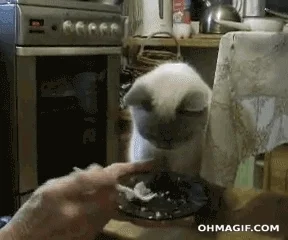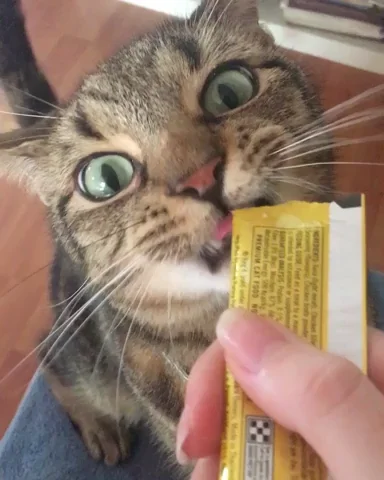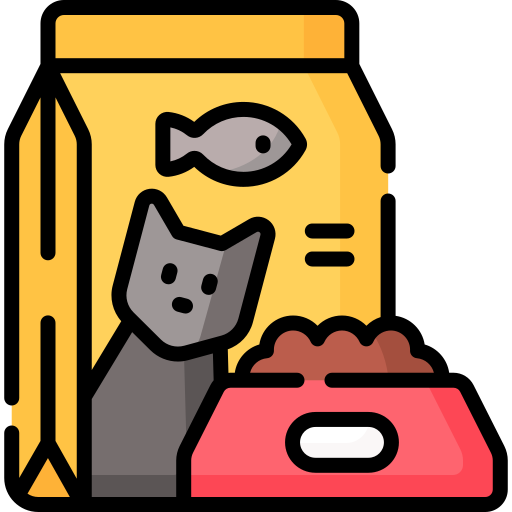You are what you eat! That phrase holds true to our furry little feline friends. One way to nurture happy and healthy kitties is by providing our cats with quality cat food.
With so many options on the market, which types of cat food should you pick?
 Photo by Tran Mau Tri Tam ✪ on Unsplash
Photo by Tran Mau Tri Tam ✪ on UnsplashTypes of Cat Food
There many different choices out there and places to purchase them, from online pet stores, to brick and mortar pet shops, or even your local supermarket. So how does a new pet parent know where to start?

Dry Food
This is kibble and is a popular choice
It's crunchy, which helps with plaque
Convenient and easy to store in an air-tight container
Cost-effective
Wet Food
Keeps cats hydrated
Savory smells and meaty texture
Costs more than kibble
Once opened, it can go rancid if not refrigerated

Canned or semi-moist food is great for the fussy, finicky cat that needs variety.
Limited Ingredients
Some food choices have fewer ingredients. They're great for cats with allergies.

Look for ingredients that have:
A protein source like duck, chicken, beef, or fish
A carbohydrate source such as peas or potatoes
Supplements such as vitamins and minerals
Fats to ensure your cat gets balanced nutrition
Raw Diets
It's exactly what it sounds like!

Raw Cat Foods
Made with organ meat and bones
Improve digestion
Fight obesity
Improve the condition of a cat’s skin and coat
Have prices that compare to canned wet foods
Basic Nutritional Needs for Cats in All Stages of Life
Cats are "true carnivores", meaning they eat meat. Be sure to give them:
Protein
This is a must for your feline friend. Look for labels that say the type of protein in the food and avoid ones that say "by-product" or "meal".
Amino Acids & Fatty Acids
For healthy bones, muscles, blood, organs, skins, and coats, look for foods that contain leucine and lysine. Taurine helps aid in your kitty's digestion.
Balance
Make sure that their food has the right mix of vitamins, minerals, and carbohydrates.
Life Stages and Diet

Kittens
Cat food supports their growth
Include single source high protein, fat, and folic acid

Adults
Need less protein and fat
Practice portion control and timed feeding

Senior
Need foods that are lower in protein and fat
Ensure good amounts of vitamins, minerals, and nutrients
Cat Food Labeling
Look at the label! Cat foods with the Association of American Feed Control Officials (AAFCO)seal meet a vigorous set of standards worthy for your feline companion.

The labels also include things like ingredients and directions. And while your hungry kitty may not agree with the recommended serving size, the last thing you want is a chonky cat.

Key Words on Labels
Look for the actual type of protein like chicken, beef, snapper, quail, etc.
Check for healthy grains like quinoa, brown rice, or farro
Consider brands that have vitamin E and C
Quiz
Oscar just adopted a new kitten. He doesn't know what food to get for "Mittens". He should pick food with which ingredient first?
Take Action

Your feedback matters to us.
This Byte helped me better understand the topic.
